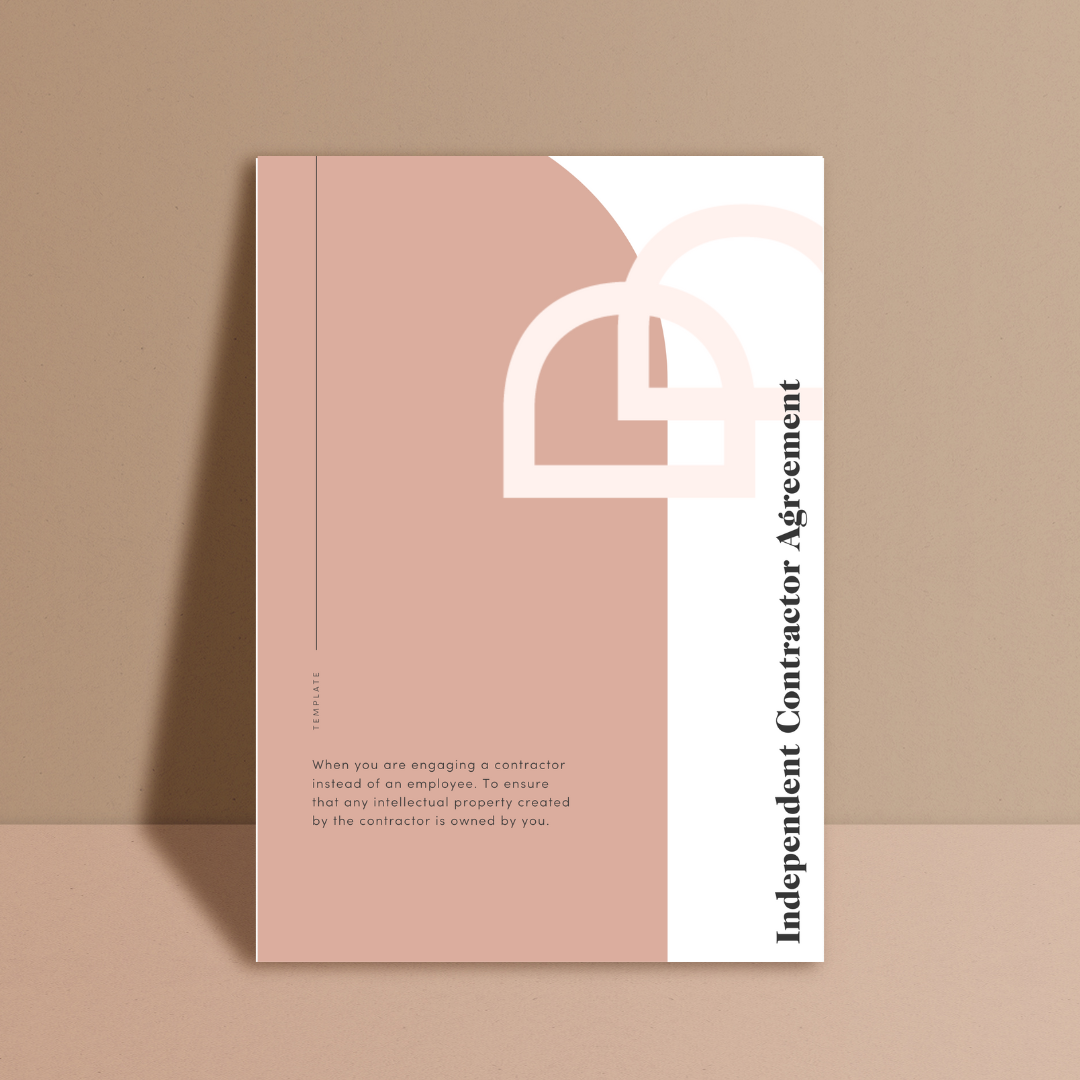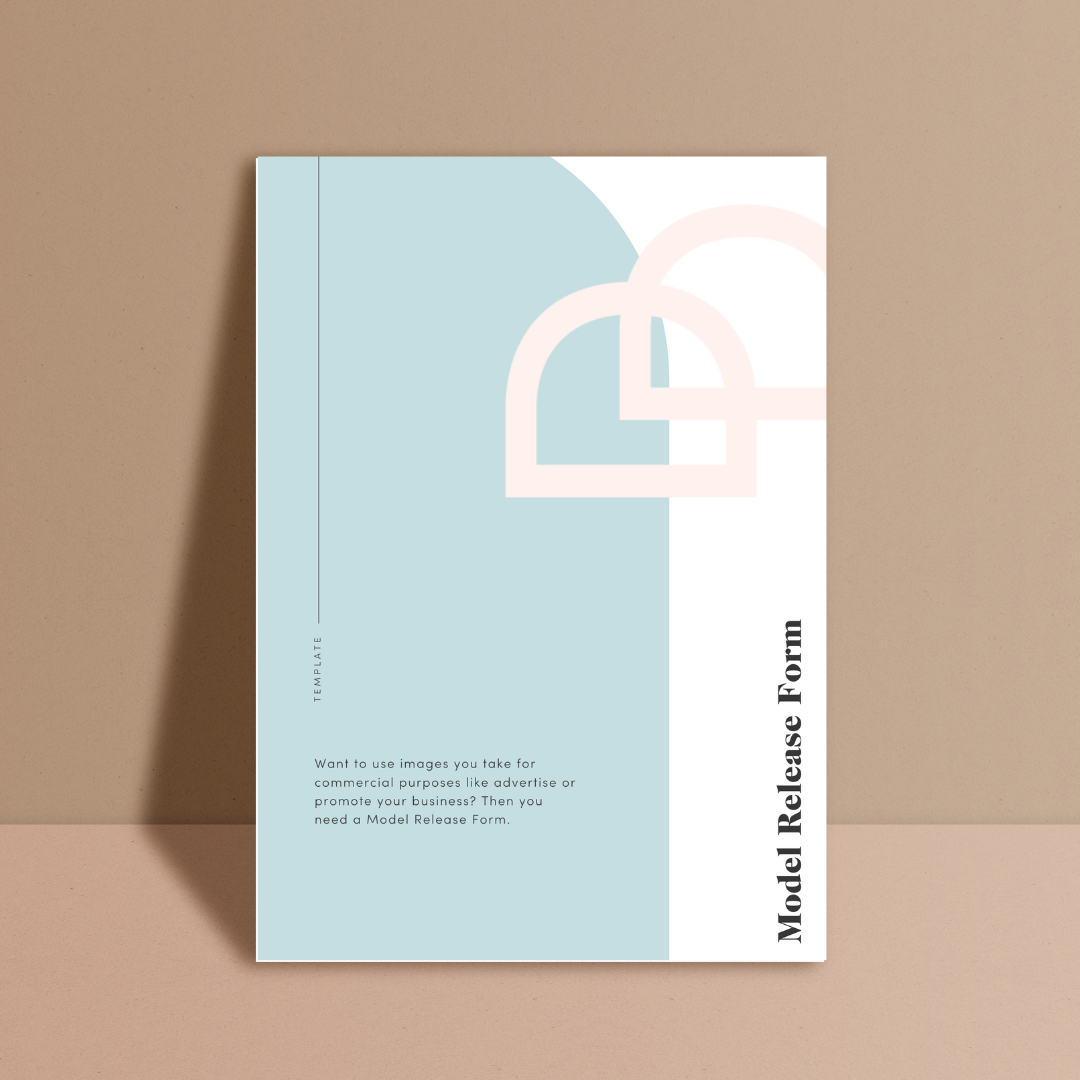Running a business that allows you to do something that you love is freaking awesome. The opportunity to meet wonderful clients, work hard and bring in the moolah is exciting. Every day is a new adventure. More often than not, things will run along ticketyboo. But if you’ve found yourself in a position where you’re having a dispute with a client over invoicing, there’s a chance you may have missed a couple of red flags, forget to grab one of our awesome templates and didn’t quite hit the mark when setting out your boundaries and expectations. But don’t fear, friend. We live, we learn. And we’re here to give you some helpful tips on how you can go about resolving this invoice dispute.
Here are five simple steps to follow so you can resolve the dispute, relieve yourself of the stress and put the situation to bed as quickly as possible.
Step 1 - Talk to your client
We know that speaking to your client during a dispute can feel gross. That’s why we suggest you take the time beforehand (before things get out of hand) to discuss your expectations and boundaries, explore milestone payments and make clear what working with you looks like. But if a dispute arises despite your conversation, it’s important you once again affirm your boundaries and expectations. It’s #realtalk time.
Ask your client to spell out exactly what they’re disputing from your invoice. Is it the quality of the photography you provided them? Was the copywriting work you did for them not up to their standards? Did you charge them too much? Was it the turnaround? Are they just being tightarses?
Note down exactly what is said during your conversation with your client as you may need to rely on the record if the dispute remains unresolved.
Step 2 - Dig out your contract and check out those payment terms
If you’ve spoken to your client and clarified what their problem is and your discussions surrounding expectations and boundaries haven’t quite gotten you over the line, it may be time to pull out your written contract and check out what it says around payment terms, in particular.
Pay special attention to paragraphs that deal with what you needed to do, what your client needed to do, payment, debt recovery and dispute resolution.
If you don’t have a written contract, don’t panic. Try and locate all email correspondence which talks about what you and your client both agreed to, what the price was and the turnaround (including all initial and subsequent discussions). This could be relied on as your agreement with your client if the dispute progresses.
Step 3 - Negotiate a resolution
We understand that you don’t want to negotiate with your client as they’ve caused you a few wrinkle lines and grey hairs but trust us, it’s worth taking the time to try and negotiate. Negotiating a resolution is your less expensive option and will be less stressful in the long run. Think of it as short term pain (awkward conversation) for long term gain.
Here are the questions you need to ask yourself while you’re negotiating with the troublesome client:
- Could you compromise in some way? Is it worth the time, stress and energy that you would take away from your business?
- Can you replace the products that you provided your client with?
- Could you undertake your service again?
- Could you discount the invoice?
- Could you do something else to smooth the situation over?
- Do you want to continue working for this customer? It may be worth compromising in some way to keep the business relationship healthy.
- Could you take up boxing to work off some steam?
Step 4 – Mediation or arbitration?
If you still can’t reach a resolution with your client yourself, it may be time to bring in a third party to help you reach a resolution of the matter. But before you dive into this option, it’s important to weigh up the costs, time this will take and the stress it will cause over the course of the mediation or arbitration. Is it worth the value of the outstanding invoice?
If you feel it is, you could consider mediation (the third party known as a mediator will help you and your client go through your issues and come to a written agreement) and arbitration (the third party known as an arbitrator will be the judge and give you a decision which is binding). Both of these options will be cheaper than going to court.
Teensy Tip: Double check your contract to see if there’s a right to outsource to a debt collection agency. This could be a less stressful and less time consuming option for you that gets the job done. We’ve heard some good things about Collectmore so if you’re going to use this tip, reach out to those debt divas.
Step 5 – To the courthouse, I go!
If you have had no luck with mediation or arbitration, it may be time to go to court to get the dispute resolved. But again, before you do, think about whether or not this big step is worth that invoice...
Going to court is not for the fainthearted. It is expensive, way stressful and time-consuming (and a little bit scary). Get in touch with us so you can get a legal opinion about your matter.
We get that sometimes, even when you’ve planned and been proactive, things don’t always go your way. Running a business has its ups and downs.
SIGN UP TO OUR FREE BUSINESS CHECKLIST
***Disclaimer. Please read!!***
This article is for general information purposes only and should be used solely as general guidance. It does not and is not intended to represent legal advice or other professional advice.
All rights reserved. © Foundd Legal Pty Ltd















